The foliage of hellebore (or Lenten rose or Christmas rose) is dense and evergreen. It grows in a cluster that is close to the ground. Additionally, it has leaves that have a shape of a palm. And since it is the case, most gardeners ask about how to take cuttings from such a plant. And after thorough research, we have finally determined the answer.
In the springtime, you should excavate around the roots and bind the leaves collectively. Please take a close look at the plant to find the natural divisions that exist within it. Each planned-for division needs to have rhizomes, new roots, and leaves.
Ensure to cut the rhizome in the right places with a long, sharp knife and gently work your way through any twisted roots.
It would be best also to know how to take care for hellebore properly. Additionally, you might want to be aware of the companion plants you can add near your hellebores to keep a vibrant look, even when these plants are in a dormant state. So, we suggest you keep reading to learn vital information about hellebores. Let's delve into the details!
How To Properly Care For Hellebores?
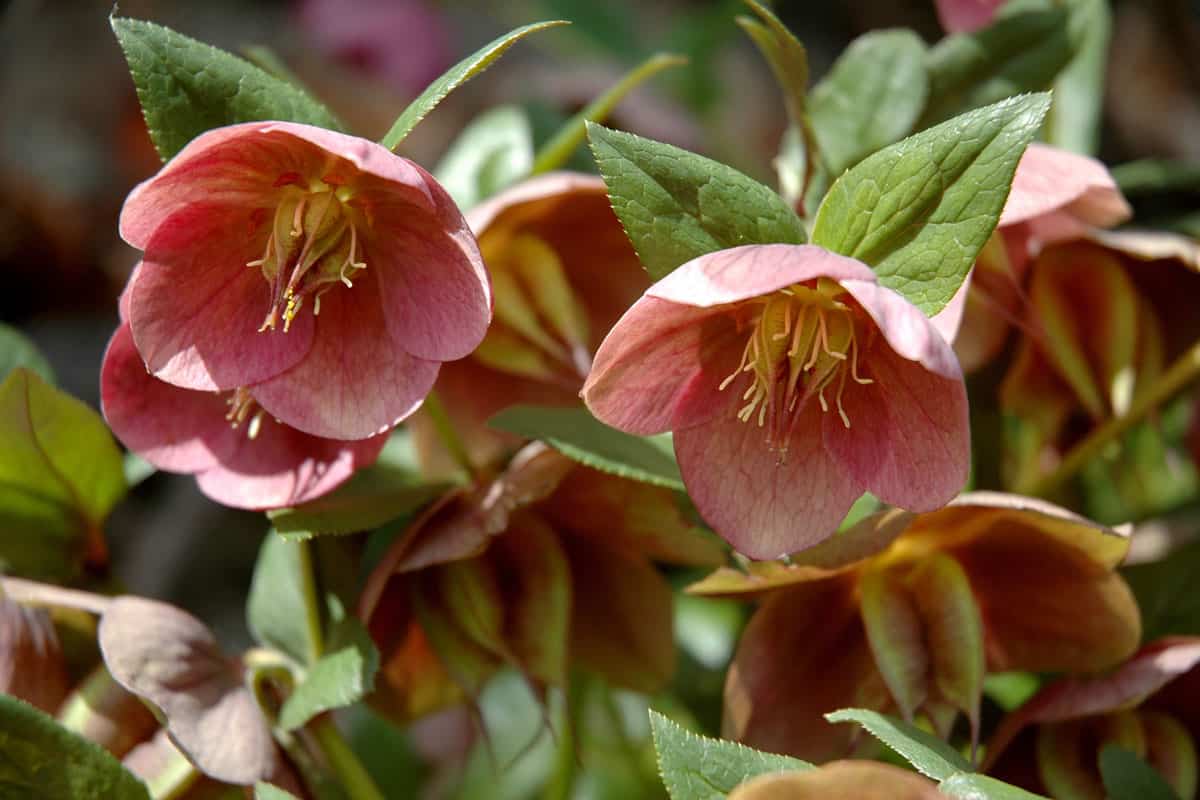
Hellebores typically come in a container from a nursery. While you can also purchase hellebore seeds, they come in sachets with a wide variety of hues. You'll need to buy nursery seedlings already potted up in a container to get the exact shade you desire.
If you don't have any idea about how to care for hellebores, you can stick to the caring guidelines below. Check these out!
How Often To Water Hellebores?
The soil around hellebores must be damp but not soggy. Otherwise, the plants could rot. Once rooted, they might survive in dry conditions.
What Is The Best Soil For Hellebores?
Soil that drains efficiently and contains sufficient organic matter is ideal for growing hellebores. Hellebores thrive in slightly alkaline or neutral dirt, so if yours is acidic, you could add lime. It's crucial to check the soil's pH and nutrient content before making any amendments.
Do Hellebores Need Full Sun?
Although hellebores thrive in the shade throughout the hotter seasons, they need more sun exposure once fall arrives.
It means you should place the hellebores in an area where they can get shade during the hot season, such as under a deciduous tree. On the other hand, it would be best to expose them to direct sunlight after their leaves drop in the fall season.
Should You Fertilize Hellebores?
It is best to amend the soil with an organic fertilizer like well-decayed manure or compost prior to planting. Additionally, you should again add more fertilizer in the spring and fall.
However, keep in mind that more fertilizer is usually unnecessary if the soil is already fertile.
What Is Hellebores Temperature And Humidity Range?
Hellebore's cold tolerance ranges from USDA zone 3 to zone 9, with most varieties surviving up to zone 4 or 5. Additionally, you need to shield hellebores from the chilly winter breezes in temperate climates. The hellebore may thrive in a variety of moisture conditions.
How To Make Hellebores Bloom?
Grow your hellebores in the springtime or the autumn. The maturation process of some plant species is so lengthy that two growing periods may pass before the plant finally flowers. Similarly, forcing a young plant into flowering too soon can result in an interruption in blooming. The temperature and the kind you have will determine when they bloom.
Although the Christmas rose might flower in December in USDA plant hardiness zones seven and above, it often waits until spring in colder regions. It's safe to assume that your favorite hellebore species will bloom sometime from December through April and will continue for at least 30 days.
Lastly, know that excessive nitrogen will produce beautiful foliage on the hellebore but severely stunt its flower production.
What Is The Growth Rate Of Hellebores?
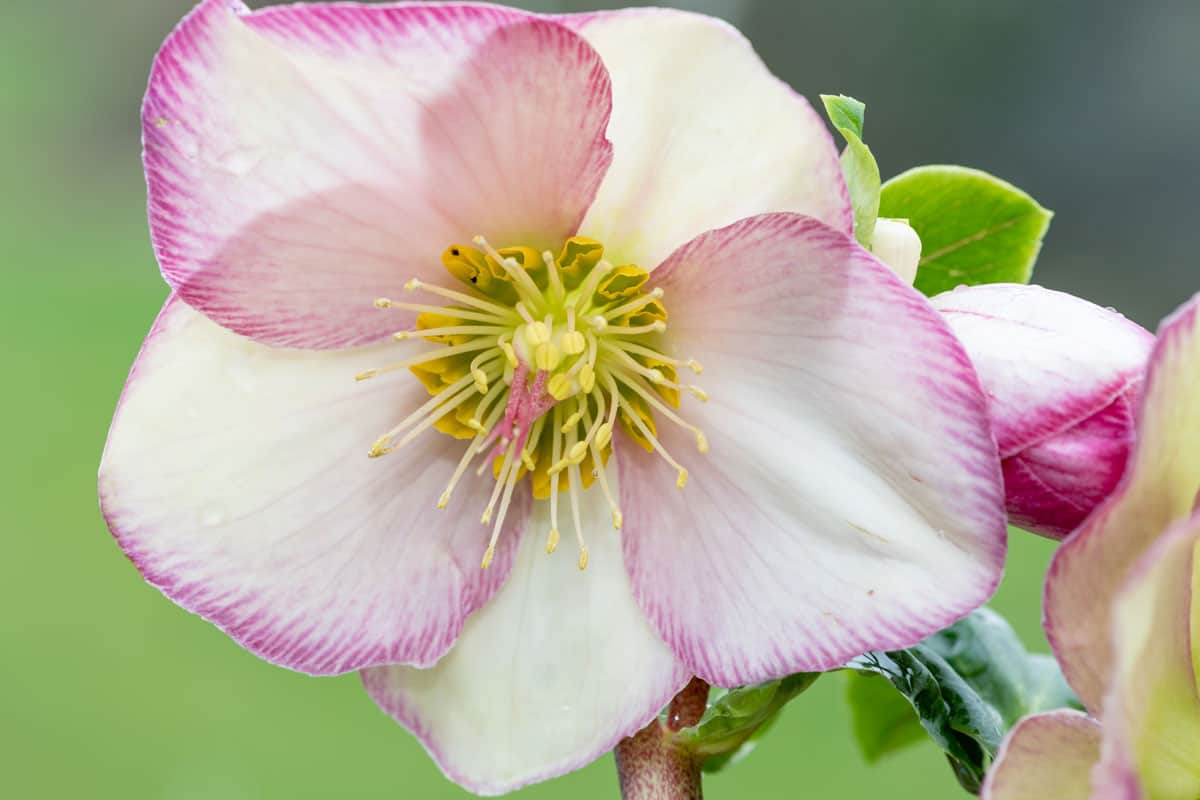
It may require hellebores approximately 18 months to attain their full size of 12 inches in height and 24 inches in width. Those nurtured from seed may need up to three years to mature.
Can You Grow Hellebores As Houseplants?
Similar to poinsettias, this shrub is often sold throughout the winter months, only to abandon once its showy blossoms have served their purpose.
You may keep the plant alive and well inside your home until the ground thaws in the spring, at which point you can transfer to a spot in the yard where it will get some protection from the sun in the hot months and some sun exposure in the colder months.
How To Propagate Hellebore Plants Through Cuttings?
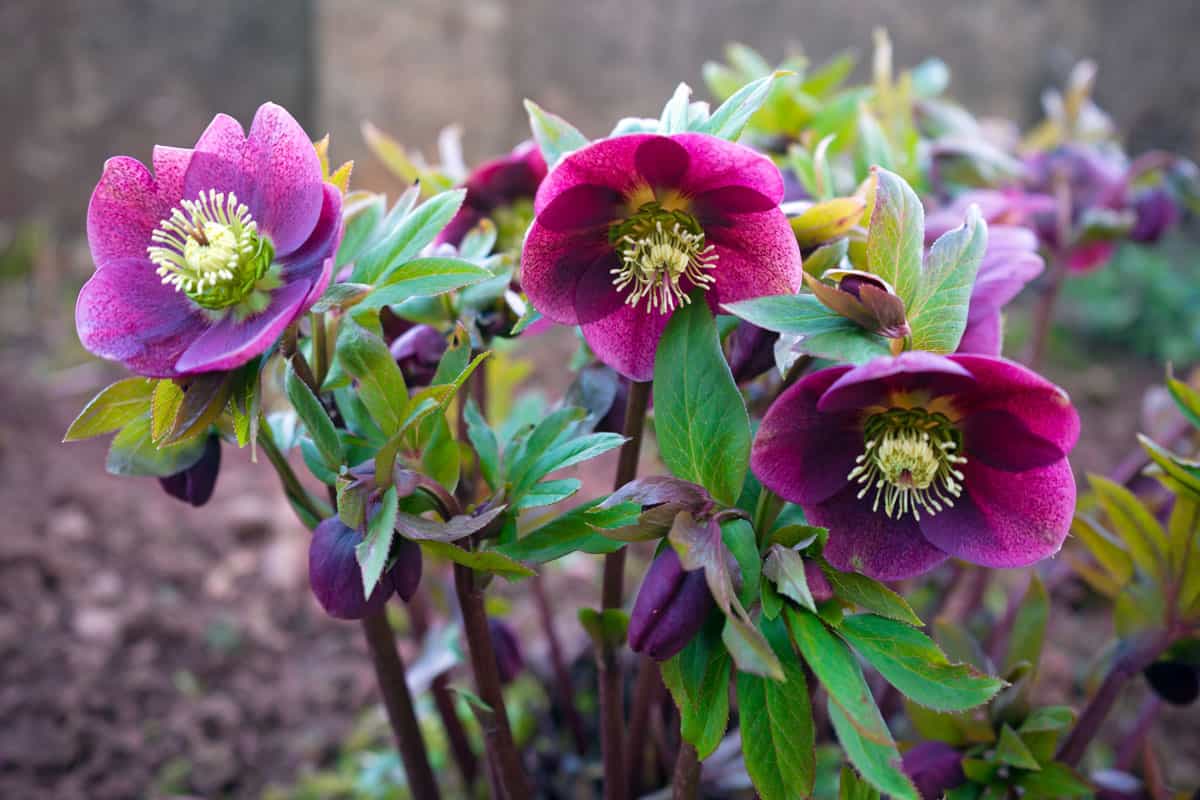
Dividing or taking a cut of hellebore plants for reproduction is simple. In the springtime, you should excavate around the roots and bind the leaves collectively. Slowly raise the rhizomes apart with garden forks.
Using a long, sharp knife is advisable to make precise incisions in the rhizome at the appropriate locations and to proceed cautiously when dealing with tangled roots. And you should plant every fresh part right away, and it would be best to conduct consistent watering to help the plants take root. Blooming may delay for up to a year as the plants recuperate.
Click here to check out these gardening set tools on Amazon.,
How To Grow Hellebore From Seeds?
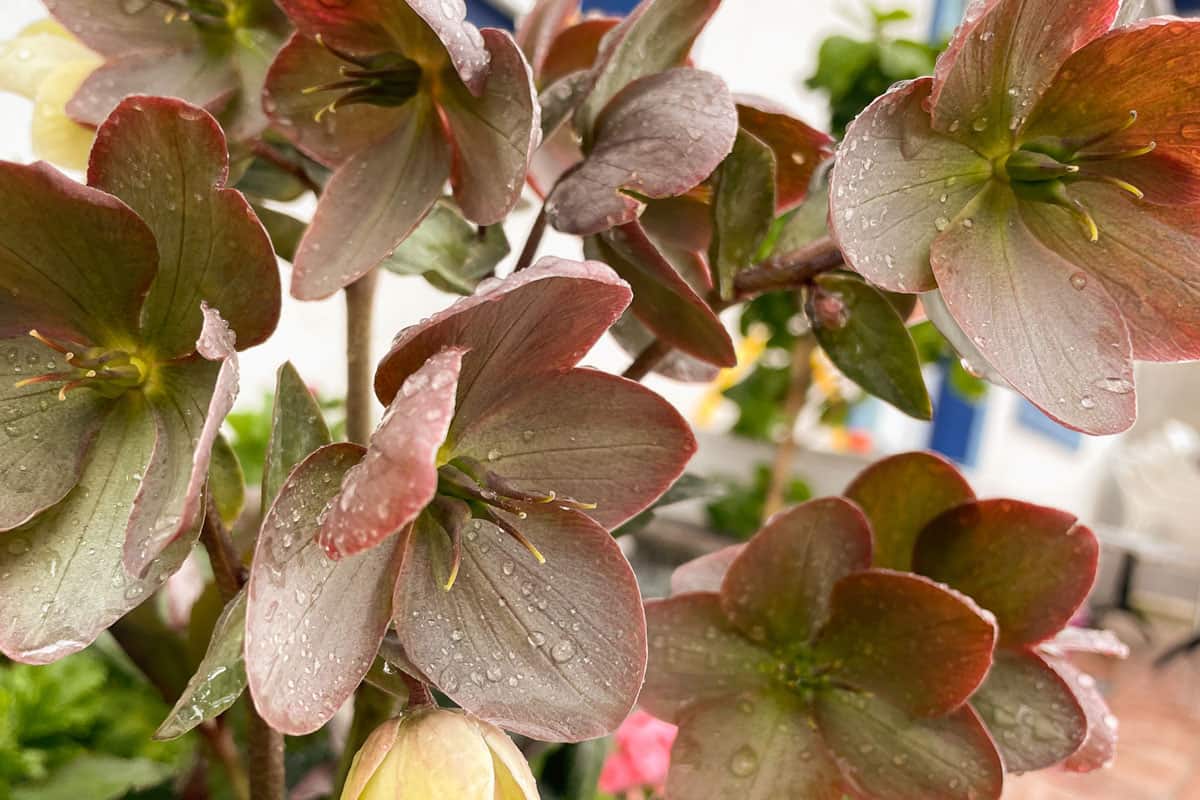
Remember that hellebore seeds don't have a long shelf life, so you should always plant new seeds each year. Note that you can plant those new seeds in pots and keep them outside all summer long. So long as you water the soil regularly, you should see sprouting in autumn or the following spring.
In order to ensure success, you must plant the seeds obtained from pods on living plants as soon as possible after collection. However, keep in mind that they become inactive and harden if you keep them out of the soil for an extended period. This hibernation cycle can take over a year to finish in some cases.
What Is Seed Stratification?
Stratification is necessary prior to planting preserved hellebore seeds. It occurs spontaneously in the great outdoors but requires careful manipulation if you desire to plant seeds indoors.
How To Do Seed Stratification?
Initially, you should immerse the seeds in boiling water until they expand. It could require up to two days to complete this step. The following procedure is to plant the seeds in potting soil and nurture them for six weeks at a temperature of around 70 degrees Fahrenheit.
Last but not least, take the containers someplace that are about 50 degrees Fahrenheit. Within the next six weeks, you should start to observe the seeds germinate and the sprouts emerge.
How To Overwinter Hellebores?
Because of their extreme hardiness, hellebores can survive the cold season with minimal care. And keep in mind that at the first sign of spring, they commonly begin to recover quickly.
How To Prune Hellebores?
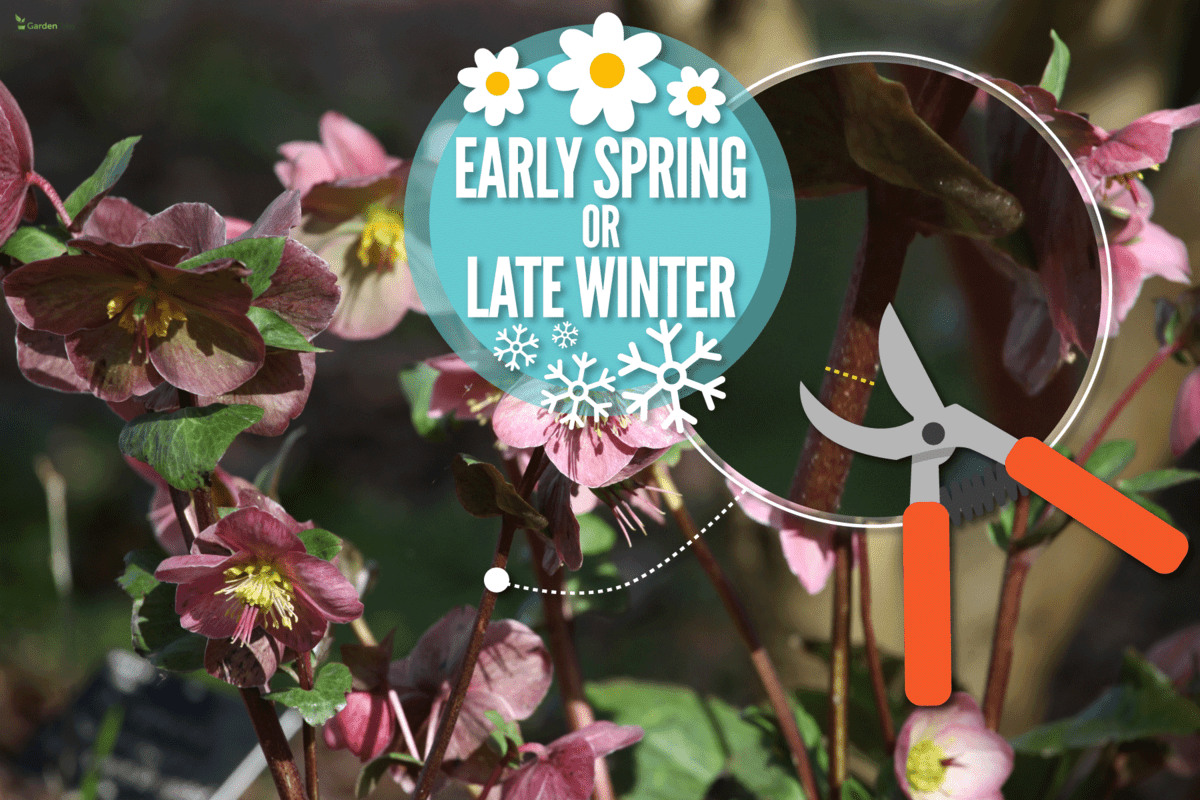
You should do your hellebore pruning in the early spring or late winter when the plant shows signs of young shoots. There ought to be space for the young shoots to emerge among the more mature foliage and stems. When that time comes, you must prepare your pruning shears and get rid of the old, ragged growth. Lastly, reduce the height of the matured one to its base.
What Are The Companion Plants For Hellebores?
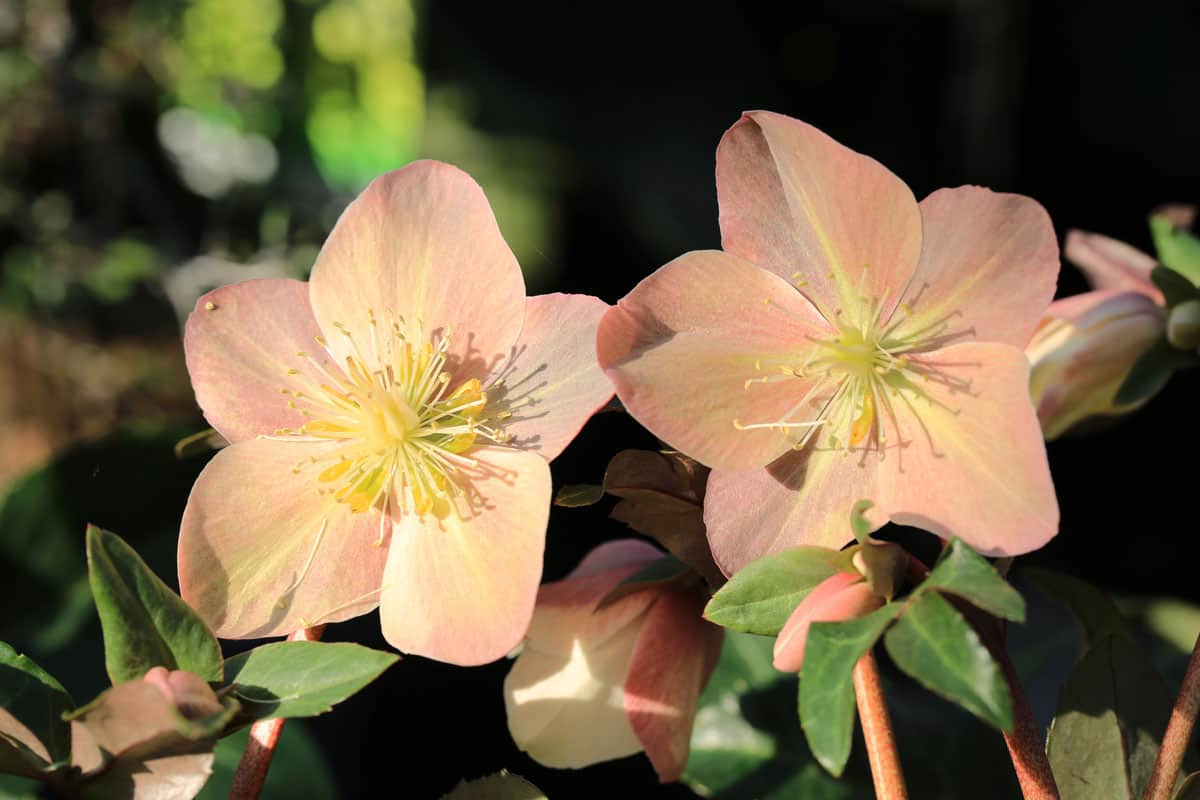
The perennials below are a good fit for your hellebores because they thrive in the same environment. Additionally, they will enhance your hellebores as they flower or provide visual appeal throughout the summer months when they are dormant. The majority of these companion plants offer more delicately structured leaves than hellebore plants. Check these out!
- Bleeding heart
- Hostas
- Grasslike sedges
- Hardy ferns
- Columbines
- Coral bells
- Foamflowers
- Foamybells, which is the hybrid of coral bells and foamflowers
Aside from knowing the companion plants of hellebores, it would be best for you to be aware that two hellebore species are poisonous or toxic that you must avoid touching with your bare hands. These species are the Helleborus niger and Helleborus orientalis, or the Christmas rose, and Lenten rose, respectively.
What Are The Pests And Diseases Hellebores Might Encounter?
Insect pests, except for aphids, tend not to disturb hellebores. Portions damaged can be cut off and treated with horticultural oil or similar insecticide. Problems like downy mildew and leaf spot are relatively frequent. Good thing that you can cure them with insecticides if the infestation is severe enough.
What We Have Learned
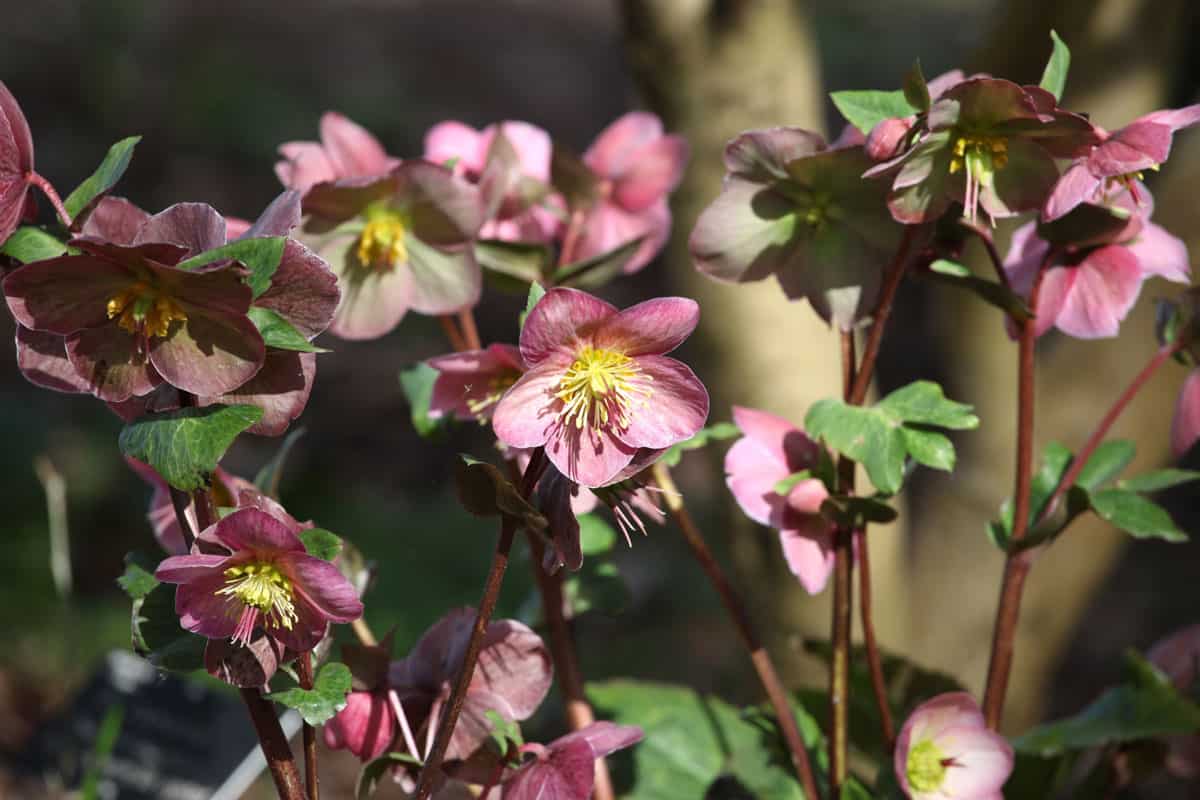
Now that you learned how to take hellebore cuttings, you can finally start doing so. And it would be best to stick to the methods mentioned above. Additionally, following the growing or caring practice discussed would be extremely helpful to keep your hellebore plants at their optimal state, especially to avoid possible pest and disease attacks.
Lastly, don't forget to incorporate companion plants near your hellebores for a more appealing garden!
You have finally made it to the end! We hope you find this post helpful. Don't hesitate to reach out in the comments if you still have additional questions. And to continue reading, you can check these related posts out!

